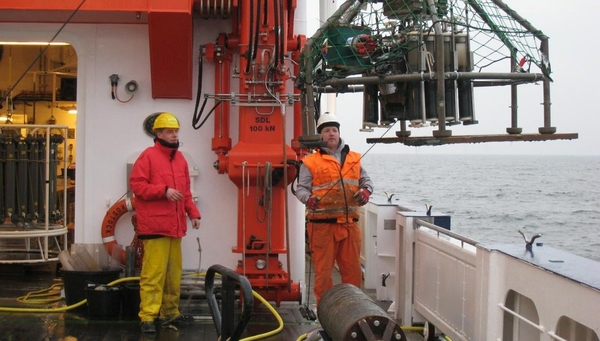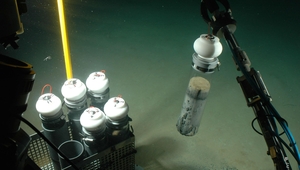News Detail
Breath-taking moments in the Black Sea
February 10, 2017 |
The seafloor plays a key role in the global elemental cycles. Its inhabitants consume and recycle organic matter sinking to the bottom. Usually, only a minor part of that material gets buried in the seafloor. The lion’s share is remineralised by seafloor life – i.e. broken down and fed back to the ecosystem for the production of new biomass. Thus, the fate of this material at the seafloor crucially impacts global carbon and nutrient cycling and, as a consequence, marine productivity and our climate.
Temporary shortage, long-term storage
Animals need oxygen to breathe. Hence, declining bottom-water oxygen supply negatively impacts the community composition and activity of marine sediments. To which extent it also determines remineralisation and thus carbon burial rates remained controversial. Now an international team of researchers guided from Max Planck Institute for Marine Microbiology in Bremen, Germany, with involvement of Eawag publish their findings in Science Advances: Declining bottom-water oxygen concentrations significantly influence carbon storage in the seafloor for decades. This effect happens earlier then previously thought and over larger areas of seafloor.


